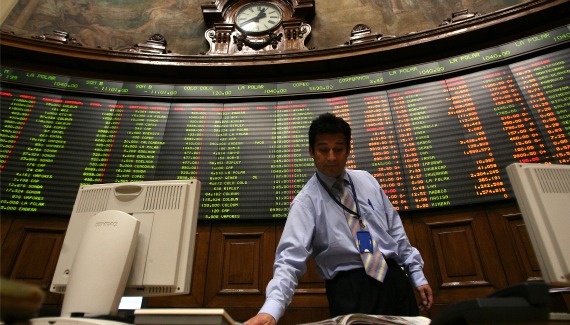The End of ALBA: Latin America’s Market-Based Integration
More on:

Much is made of ALBA, the Bolivarian Alliance for the Americas, a pact backed by Hugo Chávez and Fidel Castro to integrate the region based on "21st Century Socialism," and incorporating neighbors such as Bolivia and Ecuador among others. Over the past five years, Venezuela has spent some $60 billion to back the project. In concrete terms the achievements so far are fairly limited: sponsoring some 75,000 health workers and subsidizing electricity within the participating countries. This has been undoubtedly helpful to hundreds of thousands, perhaps even millions of individuals, but it is not a comprehensive economic, political, or social model by any means. Instead, many of ALBA’s member countries continue to straddle the ideological fence, remaining open to trade with other regional groupings, as well as with the United States and China.
Substantive integration efforts are in fact taking shape elsewhere in Latin America - just without the fanfare. Several of the region’s fastest growing democracies -- Mexico, Peru, Colombia, and Chile -- will sign a free trade accord on May 2. Connecting two hundred million people, 10,000 miles of Pacific coastline, and over $1.4 trillion of GDP—triple that of ALBA and rivaling the Brazilian economy—the group aims to ease the flow of goods, capital and people to create a common and more powerful front for exports to Asia. The pact brings together Chile and Peru’s strengths in commodities with Colombia’s energy and Mexico’s services and manufacturing. It should help Colombia, whose free trade agreement with the U.S. remains in limbo, and open up Mexico to finally profit from -- instead of just compete with -- China.
Additionally, Bogotá, Lima, and Santiago are combining their stock exchanges into the Mercado Integrado Latinoamericano (MILA). MILA will become the largest stock exchange in Latin America, surpassing Brazil’s Bovespa and Mexico’s BMV. The economies of scale should increase liquidity to the region’s expanding – and increasingly diverse -- private sector.
With far less rhetoric, these recent efforts will likely transform the way many of the hemisphere’s nations interact with each other in day to day business. It may in fact lead to a new economic model, one based on "21st century markets," finally enabling the integration Latin American leaders have long sought.
More on:
 Online Store
Online Store